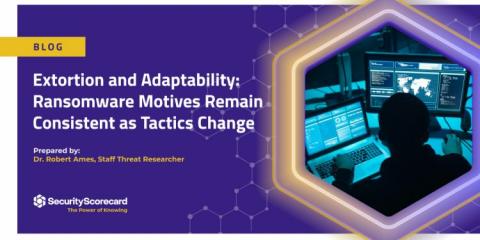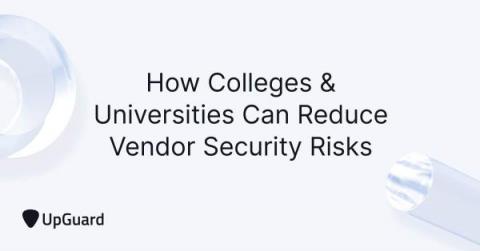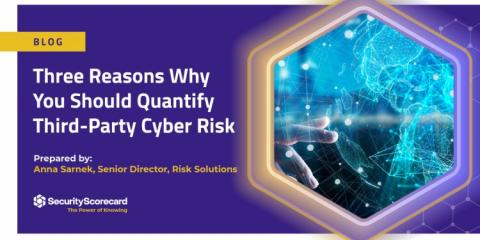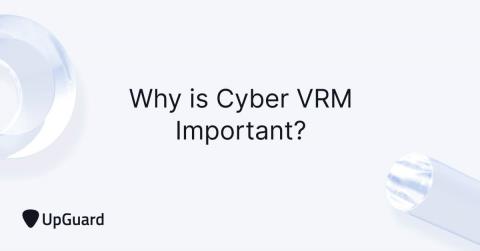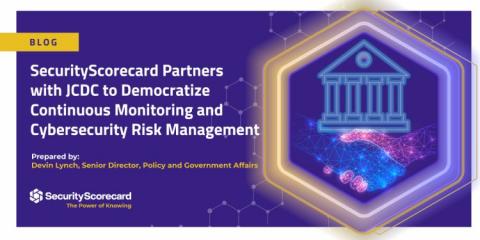Extortion and Adaptability: Ransomware Motives Remain Consistent as Tactics Change
Ransomware has traditionally revolved around the encryption of victims’ files. But even if encryption remains ransomware groups’ most common approach, it isn’t really their priority–extortion is. Financially-motivated cybercriminals care more about extracting payment from their victims than they do about the particular methods used to achieve that goal.


